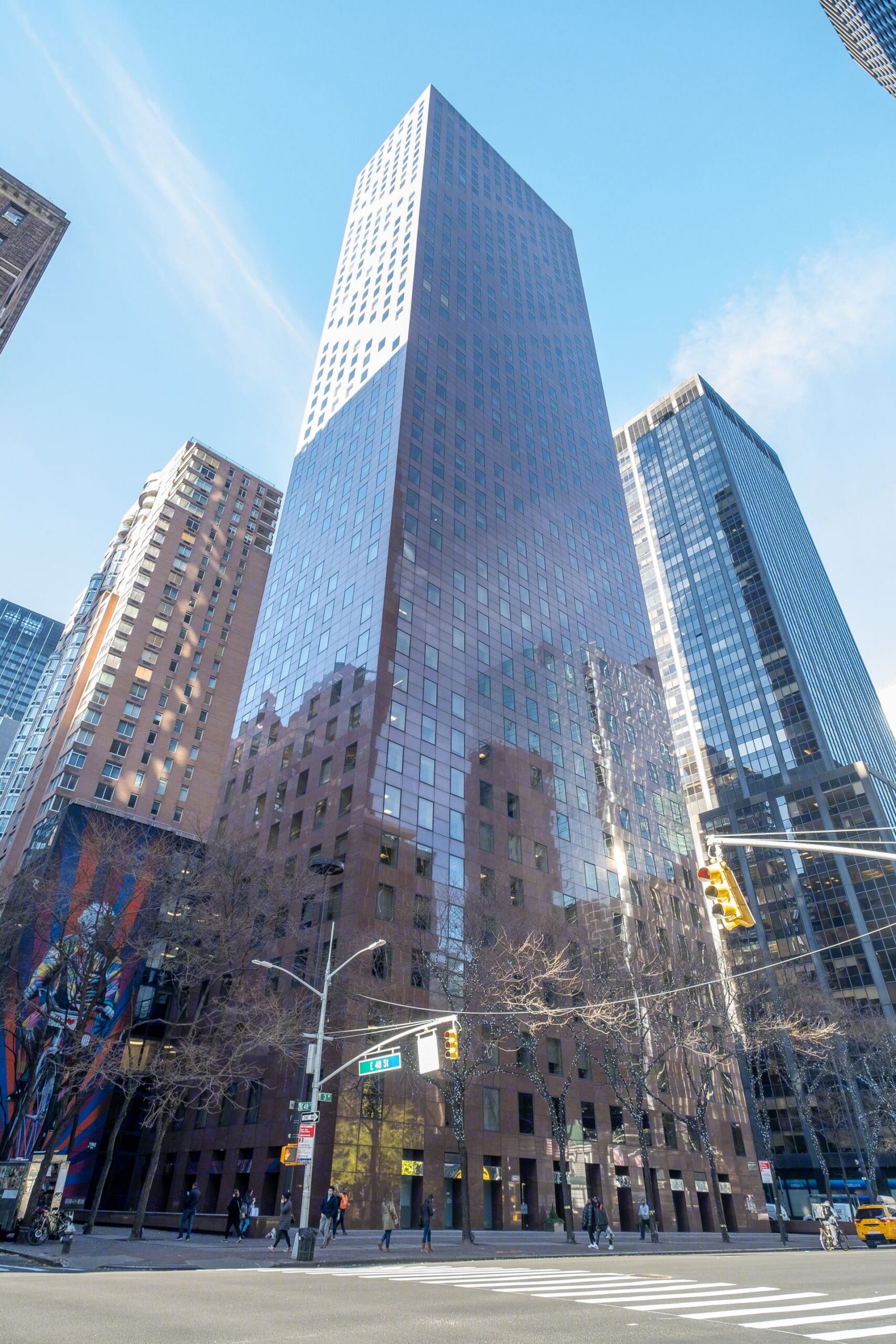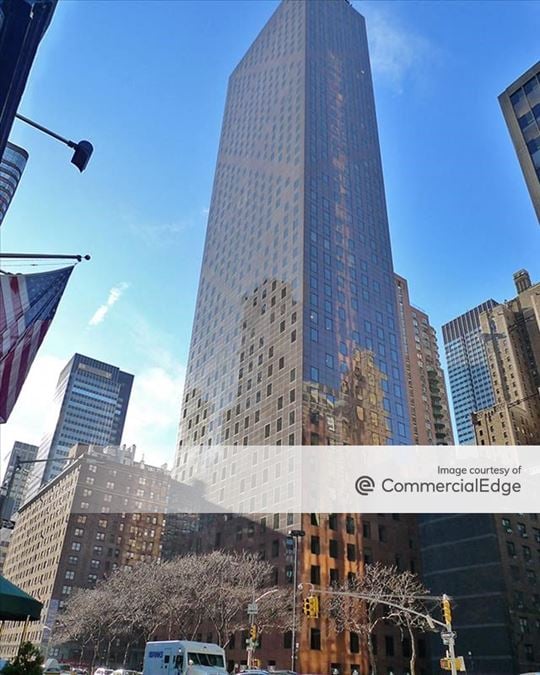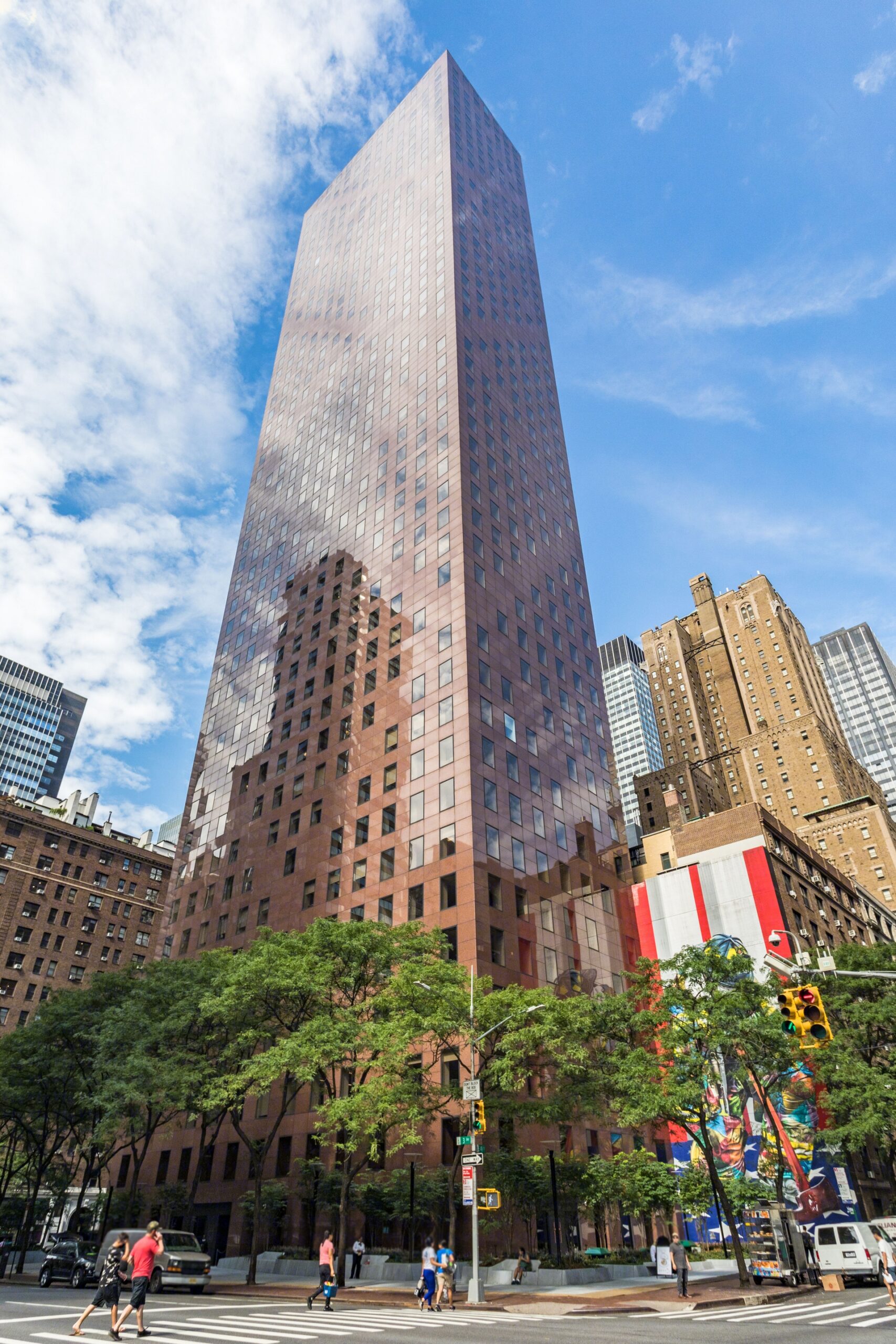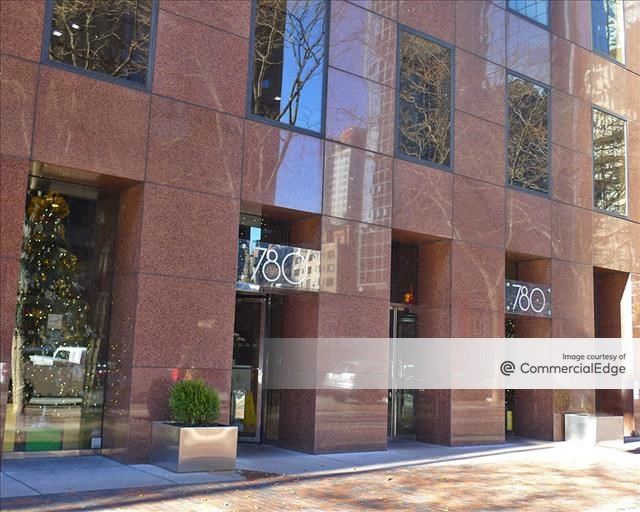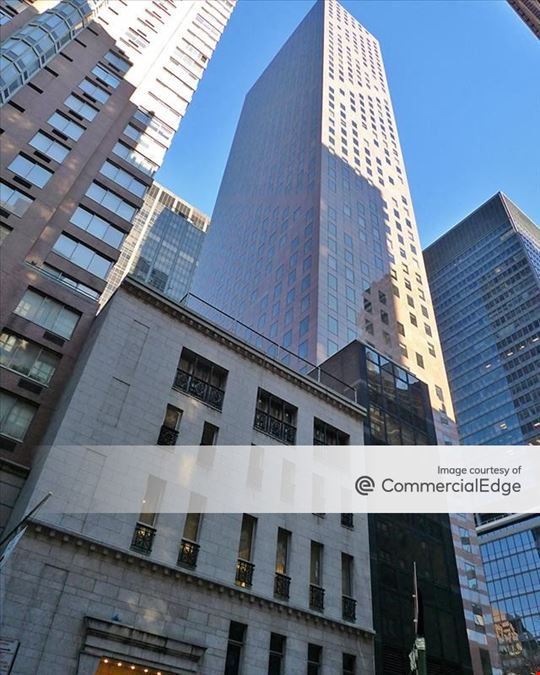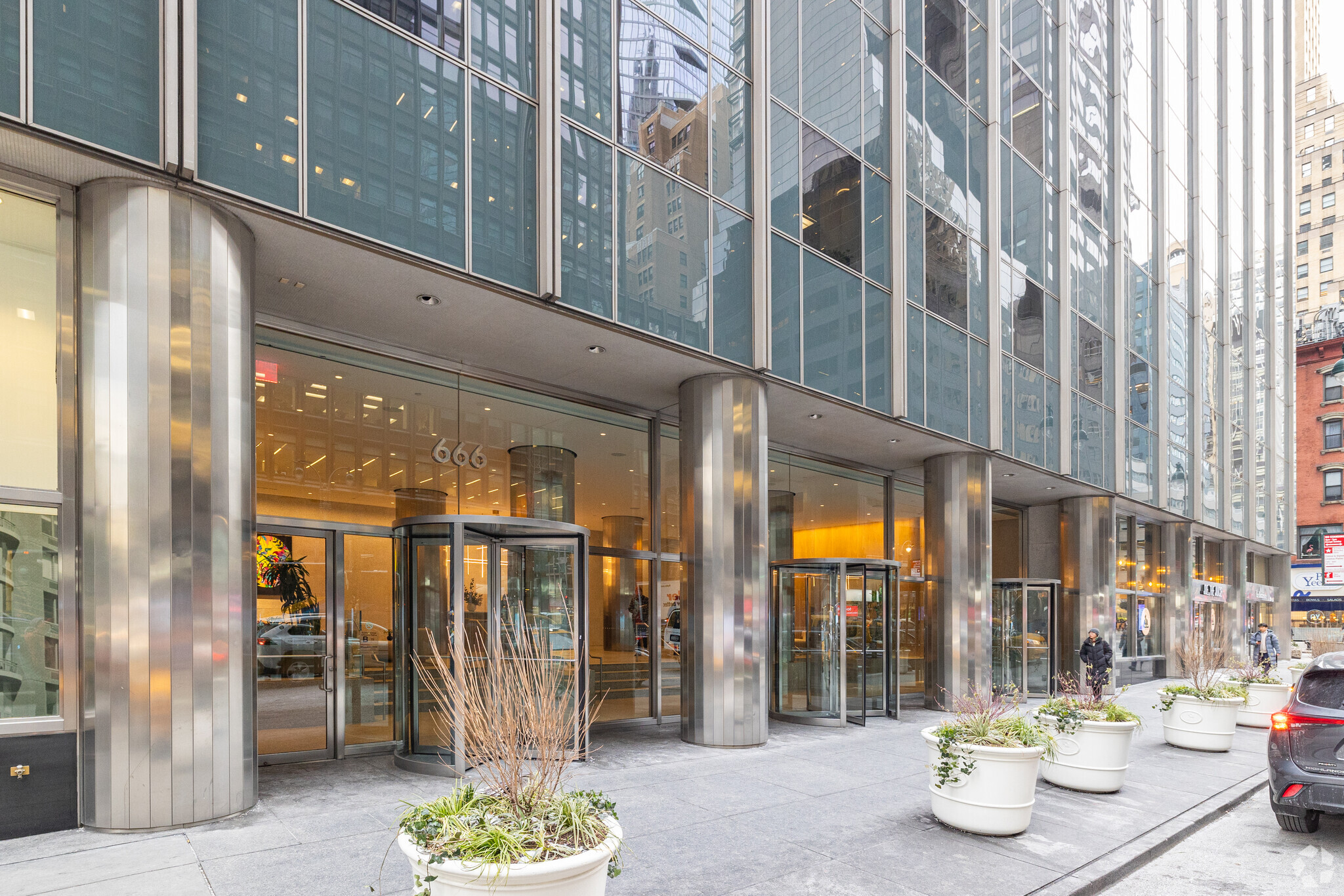780 Third Ave New York Ny 10017

The future of 780 Third Avenue, a prominent office tower in the heart of Manhattan's Midtown East, hangs in the balance as rising interest rates, expiring leases, and a shifting commercial real estate landscape converge to create a precarious situation. The 49-story building, located at the nexus of Third Avenue and 48th Street, faces significant headwinds that could impact its value, occupancy, and overall contribution to the city's economic vitality.
At its core, the story of 780 Third Avenue is a microcosm of the larger challenges confronting office buildings across New York City. The pandemic accelerated the adoption of remote work, leading to decreased demand for office space and increased vacancy rates. Simultaneously, rising interest rates have made it more expensive for building owners to refinance debt, putting further strain on their financial stability. This confluence of factors has created a perfect storm, leaving buildings like 780 Third Avenue vulnerable to potential distress.
Building History and Ownership
Completed in 1986, 780 Third Avenue boasts over 500,000 square feet of office space. It was designed by HOK Architects, formerly Hellmuth, Obata & Kassabaum, and is known for its distinctive postmodern architecture. For years, it stood as a symbol of corporate strength and Manhattan's thriving business sector.
The building's ownership has changed hands several times over the years. Currently, it is primarily owned by SL Green Realty Corp., one of New York City's largest commercial landlords. The building's financial performance directly impacts SL Green's portfolio and investor returns.
Vacancy Rates and Lease Expirations
Vacancy rates at 780 Third Avenue have been a growing concern. Data from real estate analytics firms like CoStar and CBRE indicate a significant portion of the building's space is currently unoccupied. This trend is primarily attributed to lease expirations and companies downsizing or relocating to newer, more amenity-rich buildings.
Several major tenants have either left or reduced their footprint in recent years. These departures have created large blocks of vacant space, making it challenging to attract new tenants in a competitive market. The pressure to fill these vacancies is immense, given the building's operating expenses and debt obligations.
Financial Challenges and Debt Obligations
The building faces substantial financial pressures, particularly concerning its debt obligations. Rising interest rates have made it more expensive to refinance existing loans, increasing the risk of default. SL Green faces the difficult task of managing these financial challenges while simultaneously attempting to lease vacant space.
Industry analysts suggest that SL Green might be forced to consider various options, including seeking new investors, restructuring debt, or potentially even selling the property. The long-term financial viability of 780 Third Avenue hinges on the successful navigation of these challenges.
The Impact of Remote Work
The rise of remote work has fundamentally altered the demand for office space in New York City. Many companies have adopted hybrid work models, reducing their need for large offices. This trend has exacerbated vacancy rates and put downward pressure on rents.
780 Third Avenue, like many older office buildings, struggles to compete with newer buildings that offer modern amenities and flexible workspaces. The building's age and infrastructure may hinder its ability to attract tenants seeking cutting-edge technology and collaborative environments.
Potential Solutions and Future Outlook
Despite the challenges, there are potential solutions that could revitalize 780 Third Avenue. One strategy involves investing in building upgrades to attract tenants seeking modern amenities. This could include renovating common areas, adding collaborative workspaces, and improving the building's technology infrastructure.
Another possibility is to explore alternative uses for the building, such as converting some floors into residential units or co-working spaces. However, such conversions can be costly and require significant regulatory approvals.
SL Green is actively marketing the building to potential tenants and investors. They are emphasizing the building's prime location and its potential for transformation. The company's ability to secure new leases and manage its debt will ultimately determine the building's future.
Community and Economic Impact
The fate of 780 Third Avenue has broader implications for the surrounding community and the city's economy. A struggling office building can negatively impact local businesses and property values. Conversely, a revitalized building can contribute to economic growth and job creation.
The building's success is intertwined with the overall health of Midtown East, a vital business district. Attracting and retaining businesses in this area is crucial for maintaining New York City's status as a global economic powerhouse.
The situation at 780 Third Avenue serves as a reminder of the ongoing challenges facing the commercial real estate sector. The need for innovative solutions and proactive management is paramount to ensure the long-term viability of office buildings in a rapidly changing world.



